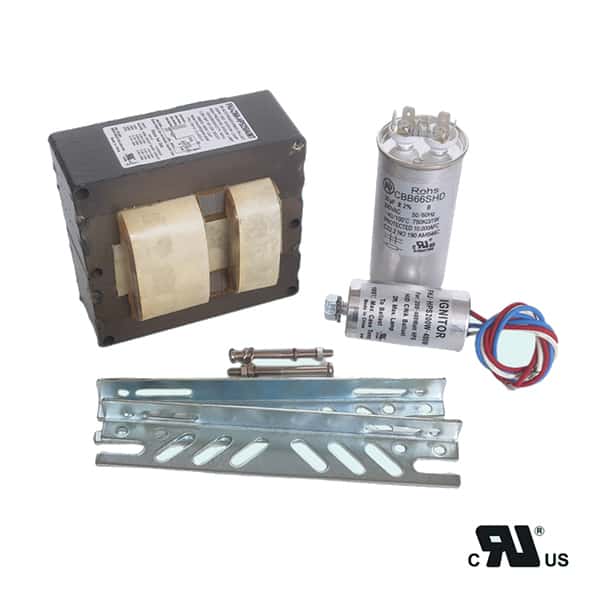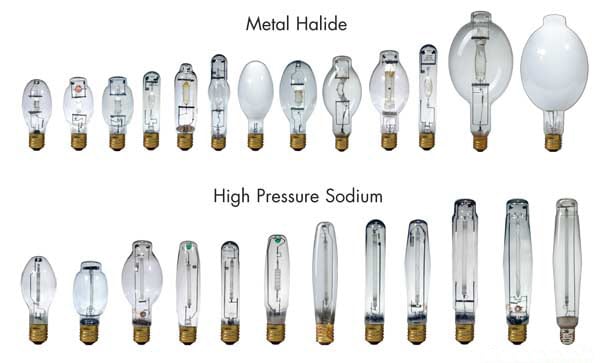HID lamps are negative impedance m59 ballast. This means that unless controlled, the current would continue to increase, causing
the lamp failed almost instantly after starting. For this reason, a HID ballast, which is a current-limiting device, must be used with every
HID lamp.
The 400W high pressure sodium ballast m59 ballast serves three functions. It provides the proper starting voltage to establish the arc. Second, it supplies the
proper voltage to operate the lamp. Third, the ballast limits the lamp current to a level prescribed by the lamp manufacturer for the
particular type of lamp being used.
Ballasts must always be matched to the particular lamp type, wattage, and line voltage being
used. Never use a ballast for any lamp, installation or purpose other than that for which it has been specifically designed.
The ionization voltage of all HID lamps increases greatly when the lamp is hot.
400W high pressure sodium ballast m59 ballast. An HID ballast typically steps up the incoming line voltage to a higher voltage to start the lamp. Thus, a common problem with a multiple-tap ballast can be an incorrect tap connection for the line voltage available.
A defective core and coil ballast will usually show signs of its condition, such as darkening of the case or cracked or crumbling insulation, which definitely indicates excessive current flow or excessive heat buildup.
Because of its construction, an F-can or encapsulated ballast does not allow you to see the wind. However, these two types often give off a strong odor if they have burned or melted ballast windings. You can make voltage measurements on an HID ballast, similar to a fluorescent ballast, using a multimeter. When you replace a defective ballast, also consider replacing the capacitor, ignitor (if used), and lamp.
Capacitor. Generally, a capacitor fails by either shorting or opening. When a capacitor shorts, it can damage the m59 ballast, lamp, and/or cause excessive current flow, which may cause a breaker to trip.
This type of failure is more typical in the older oil-filled (metal oval can) capacitor type than with the dry metalized film (round plastic can) type or the non-PCB oil-filled capacitors, which typically have an integral interrupter. A metal can type capacitor may bulge when it fails, particularly if it doesn’t have an integral interrupter.
High-pressure-sodium lamp (HPS). Normal end of life indication is on/off cycling, since the aging lamp requires a higher voltage for operation than the m59 ballast can supply. This cycling sequence is normal, but not desirable, since the cycling can damage or destroy the starting circuit and/or ballast.
Thus, you should check a cycling HPS fixture without delay. Other conditions that cause cycling include: a loose electrical connection, faulty internal electrical connection to the lamp or at an outdoor installation, and severe fixture vibration, causing lamp voltage to rise above operating limits.



